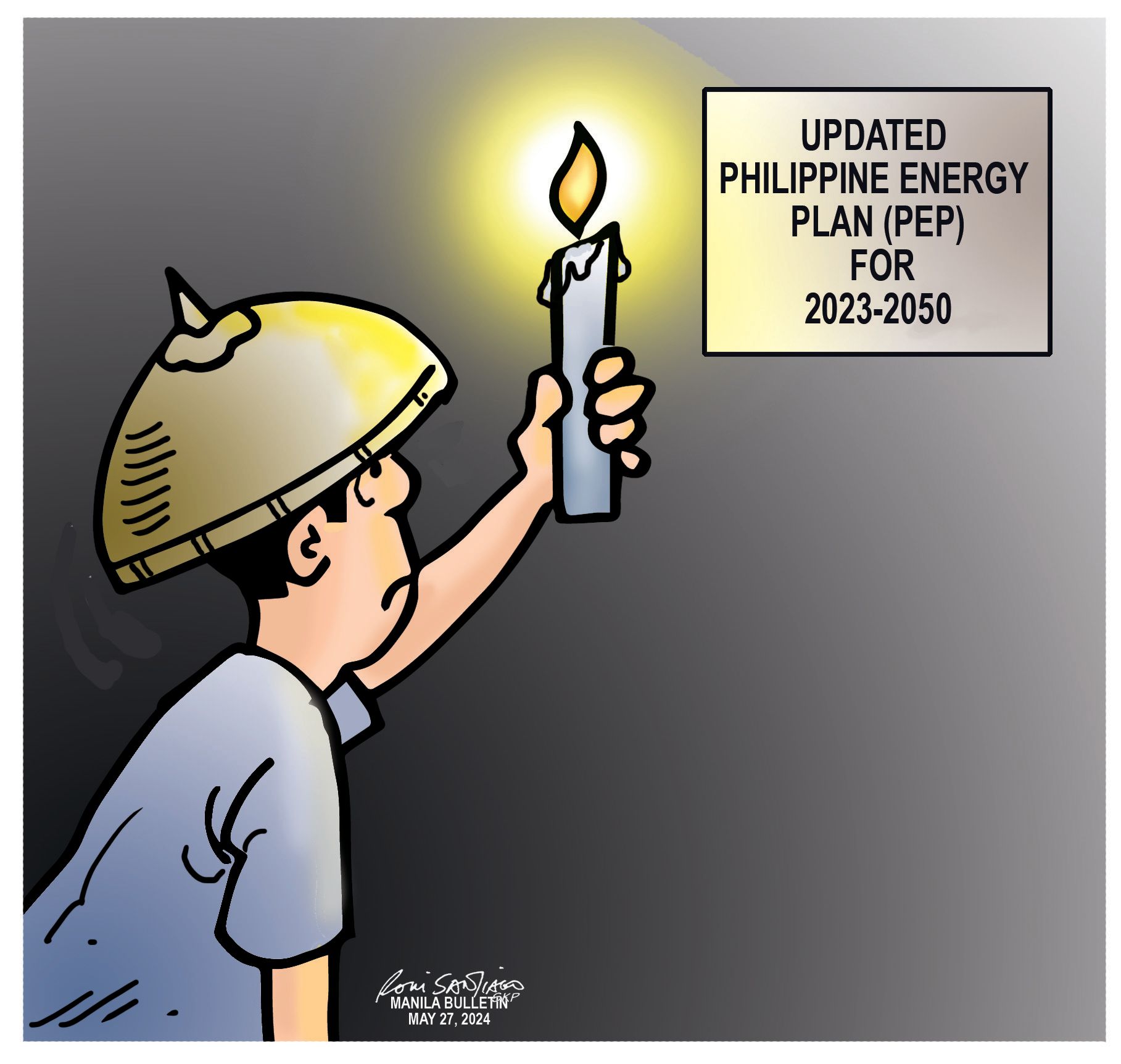Intensified efforts needed to forestall brownouts, ensure broad-based power supply

Already suffering from a protracted El Niño season, large areas of Luzon and Visayas teetered on the brink of electric power failure as the Department of Energy (DOE) and the National Grid Corporation of the Philippines (NGCP) issued several Red and Yellow Alert notices last week.
High peak demands were attributed to “extreme temperature and high heat indices.” According to the DOE: “(There is) a strong correlation of 93 percent between peak demand and heat index in Luzon. With the PAGASA projection of the heat index remaining elevated in select areas, the peak demand will likely remain above forecasted levels throughout the remainder of May.” The tripping of the 647-megawatt coal power plant in Sual, Pangasinan last week brought on brownouts last week.
Energy conservation by minimizing power use during critical hours is a clear response. Distribution utilities and electric cooperatives have been advised to “activate their Interruptible Load Program (ILP) to reduce overall demand in the grid,” a move that has already been made by the Manila Electric Company (MERALCO).
From mid-April to the present, the DOE reported that the Luzon power grid experienced six Red Alerts and 20 Yellow Alerts, while the Visayas grid recorded seven Red Alerts and 20 Yellow Alerts. The Mindanao grid had two Yellow Alerts on two days last April. Actual duration of brownouts has been relatively brief. In Luzon, the actual power interruptions lasted at most for less than one and a half hours on two occasions. In Visayas and Mindanao, there were no actual power interruptions. As explained by Energy Secretary Raphael P.M. Lotilla: “Red and Yellow Alerts need not result in actual power interruptions if the power demand can be correspondingly reduced to respond to the decrease in power supply."
Hydroelectric power plant operations in Luzon “are still constrained,” as reported by the DOE, which also urged other generation plants on forced outage to exert needed efforts to restore these facilities online at the earliest time.
In his State of the Nation Address in July last year, President Marcos called for greater use of renewable energy that is targeted to account for 35 percent of the power generation mix by 2030 and 50 percent by 2040. The opening of this sector to 100 percent foreign ownership has taken off auspiciously with the award of three offshore contracts that have a combined capacity of two gigawatts to Copenhagen Infrastructure New Markets Fund, a wholly owned foreign company.
On another front, the DOE has also been closely monitoring the performance of the National Grid Corporation of the Philippines (NGCP) to ensure that delays are minimized. According to the DOE, “delays in transmission projects take one to nine years while completion takes eight to 10 years.”
Meanwhile, the Department of Energy (DOE) continues to reassess the viability of its long-term development program and is ensuring that all its long term plans and policies will be embodied in the updated Philippine Energy Plan (PEP) for 2023 – 2050.